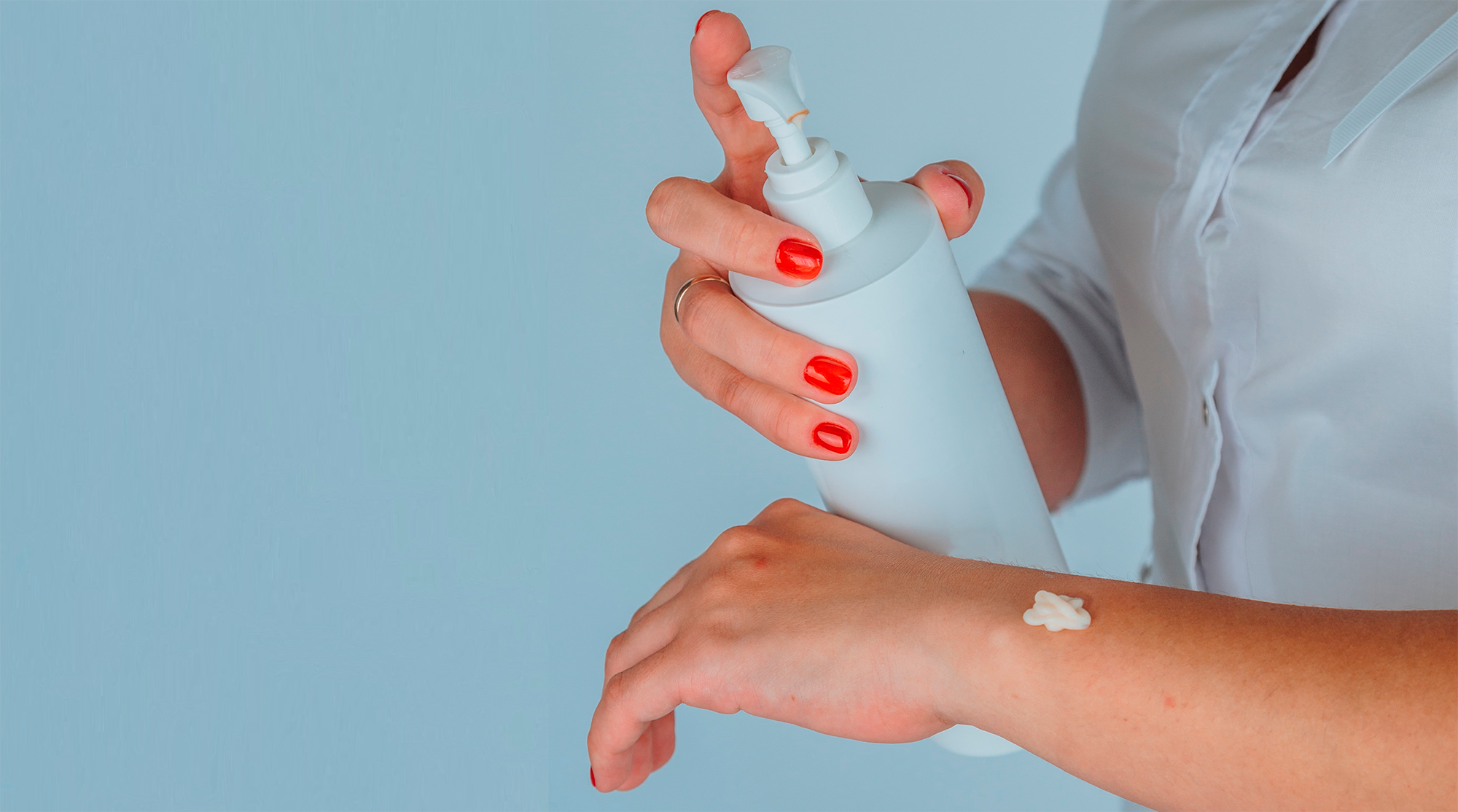How are Cosmetic Claims regulated in the EU?

Cosmetic product claims are one of the elements defining a cosmetic product and represent a great marketing tool for positioning and differentiating these products in the market, providing and exposing the consumers to a wide variety of information about the characteristics and qualities of the products.
Either on the product label or on promotional materials, cosmetic claims are widely spread which emphasises the importance of regulating this communication, which is required to be useful, understandable, and reliable, allowing an informed decision in the choice of the products, with the ultimate goal of protecting the consumer from misleading claims concerning efficacy and other characteristics of cosmetic products.
Article 20 of Regulation (EC) No 1223/2009 is very clear about it and states that:
«In the labelling, making available on the market and advertising of cosmetic products, text, names, trade marks, pictures and figurative or other signs shall not be used to imply that these products have characteristics or functions which they do not have.»
In order to ensure that the same principles are respected throughout the European Union, the European Commission, in cooperation with the Member States, defined six common criteria that must be met for the justification of claims used in relation to cosmetic products, which apply since 11 July 2013, through Regulation (EU) No 655/2013:
- Legal compliance;
- Truthfulness;
- Evidential support;
- Honesty;
- Fairness;
- Informed decision-making.
To provide guidance for the application of this Regulation and thus guarantee that an aligned understanding of the claims is reached, a technical document on cosmetic claims was also published by the Commission in 2017. Annex I to this document provides a detailed description of each criterion, annex II provides for best practices specifically related to the type of evidential support used for the justification of cosmetic claims, and annexes III and IV provide guidance for the application of the common criteria to "free from" and "hypoallergenic" claims, respectively.
More recently, in the context of the Covid-19 pandemic and the growth in the use of alcohol-based products for hand hygiene, the Commission also felt the need to detail the product claims which would not support the classification of leave-on hydro alcoholic hand gels as cosmetic products and published a new technical document in this regard.
It is the duty of the Responsible Person to ensure that the message communicated complies with the defined criteria and that it is duly supported by reliable, relevant, and robust evidence.
References
Technical document on cosmetic claims, 2017
Cosmetics Europe: Guidelines for cosmetic product claim substantiation, 2019
![[Logo Cosmedesk]](/media/ljbbhnk4/logo-cosmedesk.svg)